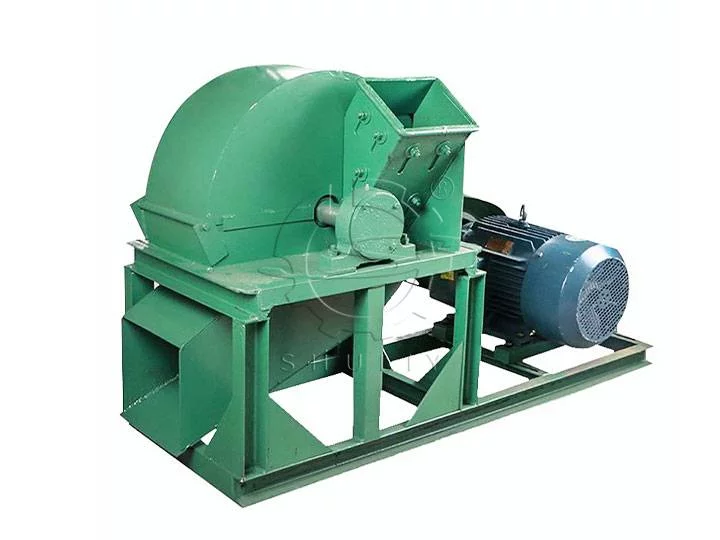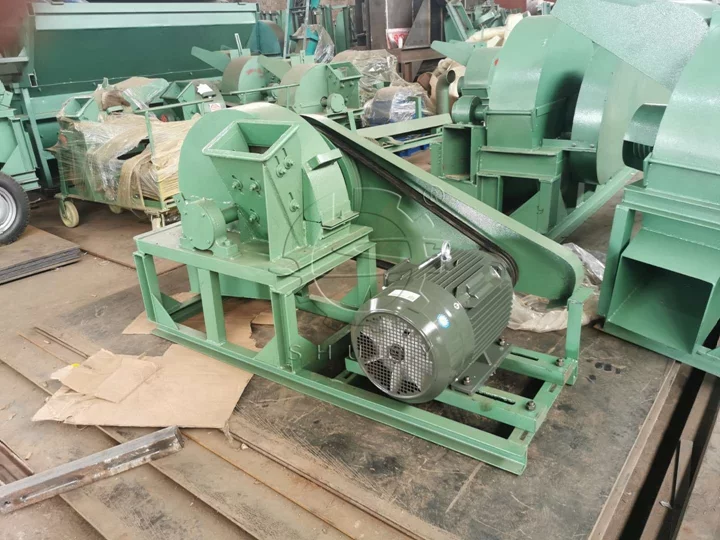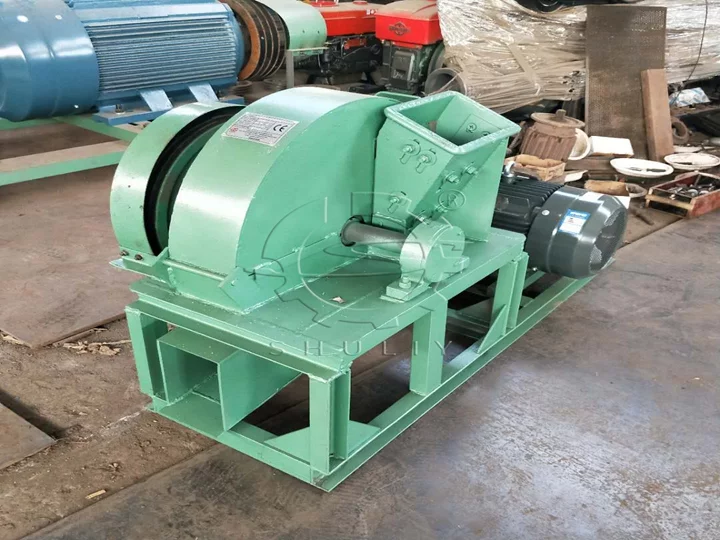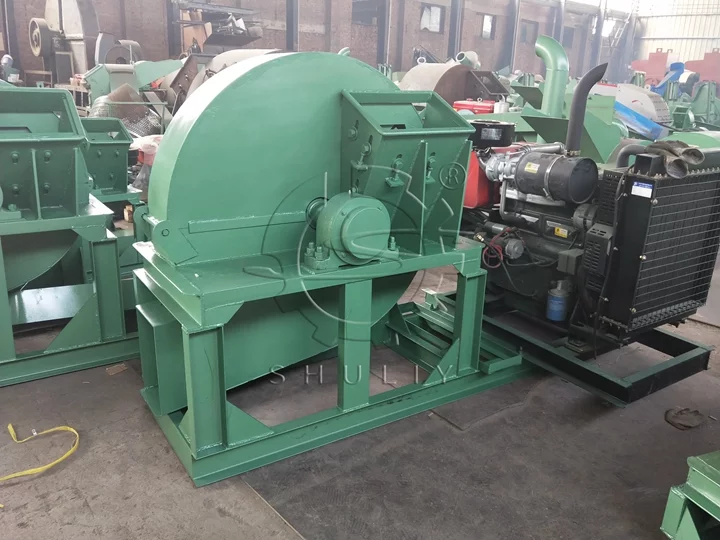Como secar aparas de madeira?
A aparas de madeira são um subproduto de processamento de madeira e têm uma vasta gama de aplicabilidade. No entanto, a alta humidade de aparas de madeira não secas não só afeta a eficácia do uso, como também pode levar ao crescimento de bolor ou combustão ineficiente. Portanto, secar aparas de madeira é uma etapa crítica para melhorar a sua qualidade e valor económico.
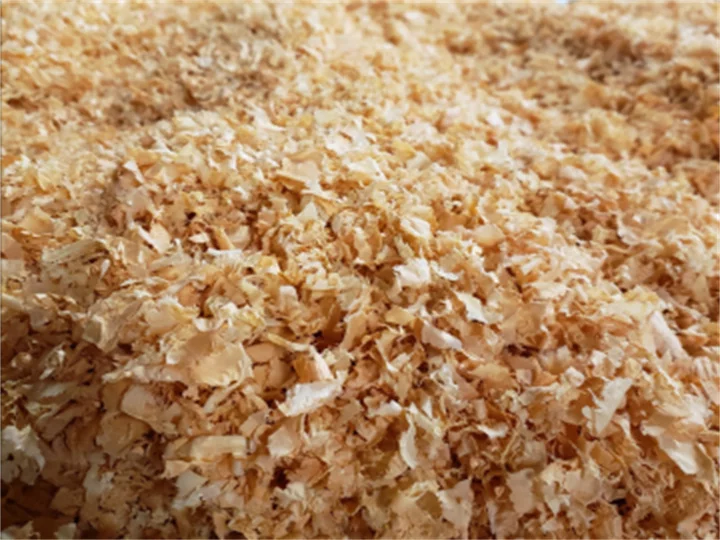
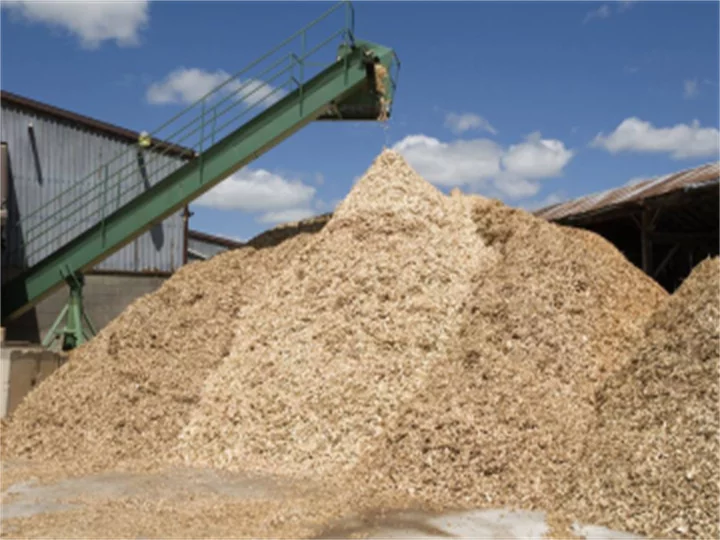
Por que precisa secar aparas de madeira?
- Evita mofo e apodrecimento. Aparas de madeira com alta umidade tendem a abrigar mofo e bactérias, causando deterioração. A secagem das aparas de madeira prolonga o tempo de armazenamento e mantém o produto limpo e higiênico.
- Melhora a eficiência da combustão. As aparas de madeira são frequentemente utilizadas como combustível de biomassa, mas o elevado teor de humidade reduz os valores de combustão e produz mais fuligem e gases de escape. A secagem das aparas de madeira melhora a eficiência da combustão e reduz as emissões de poluentes.
- Uso aprimorado. Em aplicações como camas para animais e cobertura morta para horticultura. As aparas de madeira secas são mais leves e higroscópicas, o que as torna mais adequadas para uso.
- Fácil transporte e armazenamento. As aparas de madeira molhadas são pesadas e volumosas, dificultando o seu armazenamento e transporte. Quando seco, o peso e o volume são reduzidos significativamente, reduzindo os custos logísticos.

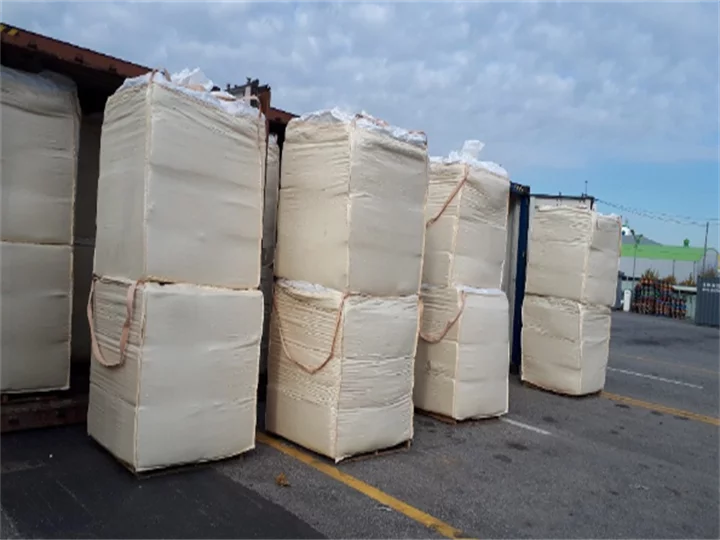
Métodos de secagem de aparas de madeira
Secagem Natural ao Ar
Espalhe as aparas de madeira em uma bancada ensolarada e bem ventilada (por exemplo, lona ou tela de malha). Mexa as aparas regularmente para garantir uma secagem uniforme.
Este método é adequado para operações de pequena escala ou uso de emergência. É de baixo custo e ecológico, mas demorado e muito dependente do clima.
Secagem Mecânica
Usando um secador de tambor rotativo
As aparas de madeira são alimentadas em um tambor rotativo aquecido por um queimador ou sistema de vapor. O ar quente circula dentro do tambor e à medida que as aparas de madeira passam pelo tambor, a umidade evapora.
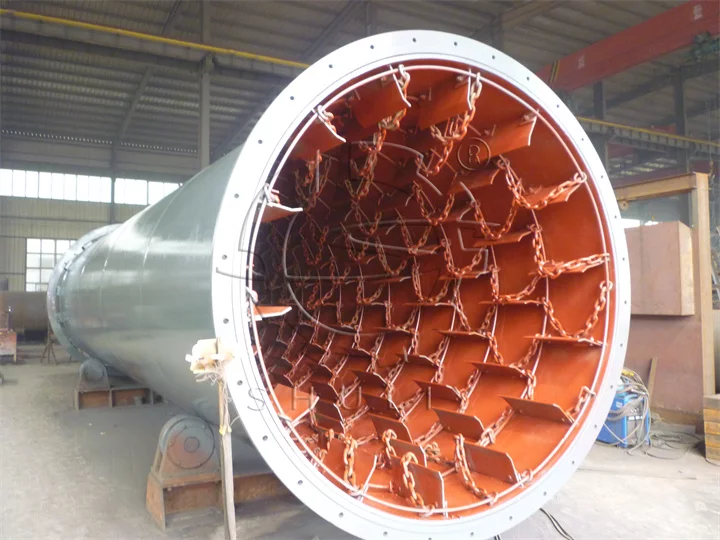
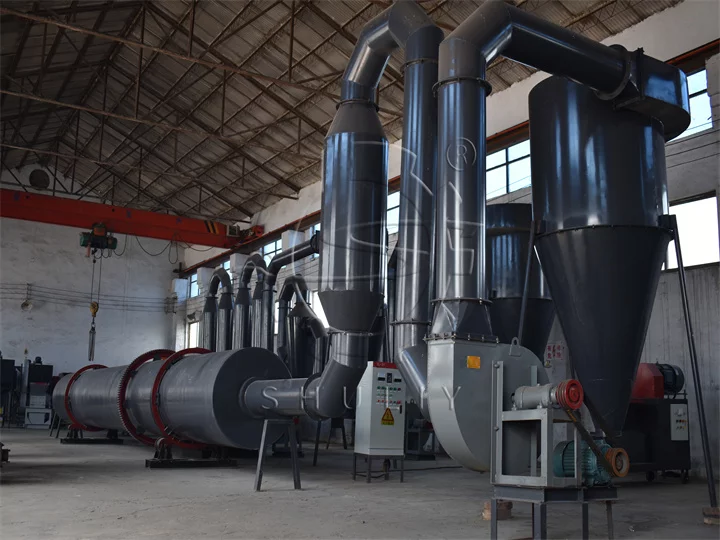
Usando um secador tipo correia
As aparas são dispersas uniformemente em uma correia transportadora móvel e ar quente é soprado através da correia para remover a umidade.
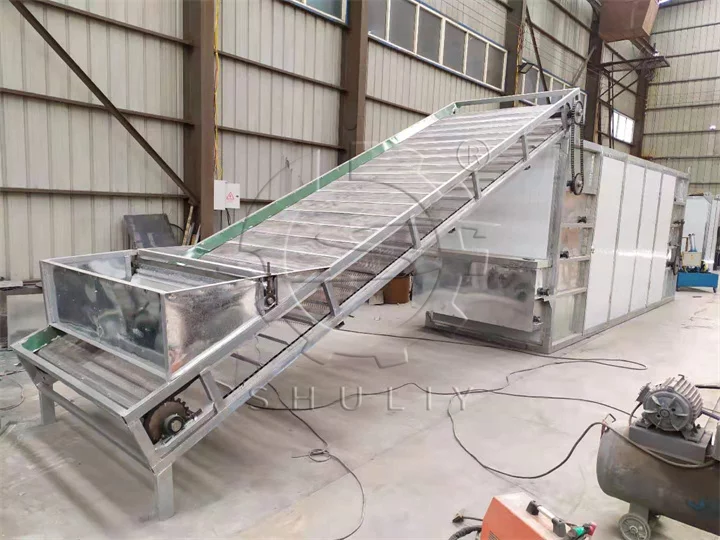

Em suma, usar uma máquina de secagem de aparas de madeira é adequado para grandes lotes. Ambos os métodos de secagem garantem que as aparas de madeira secas sejam aquecidas de forma rápida e uniforme. No entanto, aumentam o consumo de energia e os custos de investimento inicial.
Desumidificador
Para pequenos lotes ou aplicações especializadas. As aparas de madeira são colocadas em ambiente com umidade e temperatura controladas. O desumidificador absorve a umidade do ar enquanto o calor acelera o processo de secagem.
Como escolher o método de secagem correto?
Existem vários métodos para secar aparas de madeira, que precisam ser selecionados com base em uma combinação de fatores como uso, escala e custo.
Para necessidades de pequena escala ou requisitos de baixa qualidade, a secagem natural ao ar é suficiente.
Para uso industrial, as máquinas de secagem mecânica podem atingir rapidamente baixos níveis de umidade e melhorar a qualidade, aumentando a produtividade e reduzindo os custos operacionais a longo prazo.

